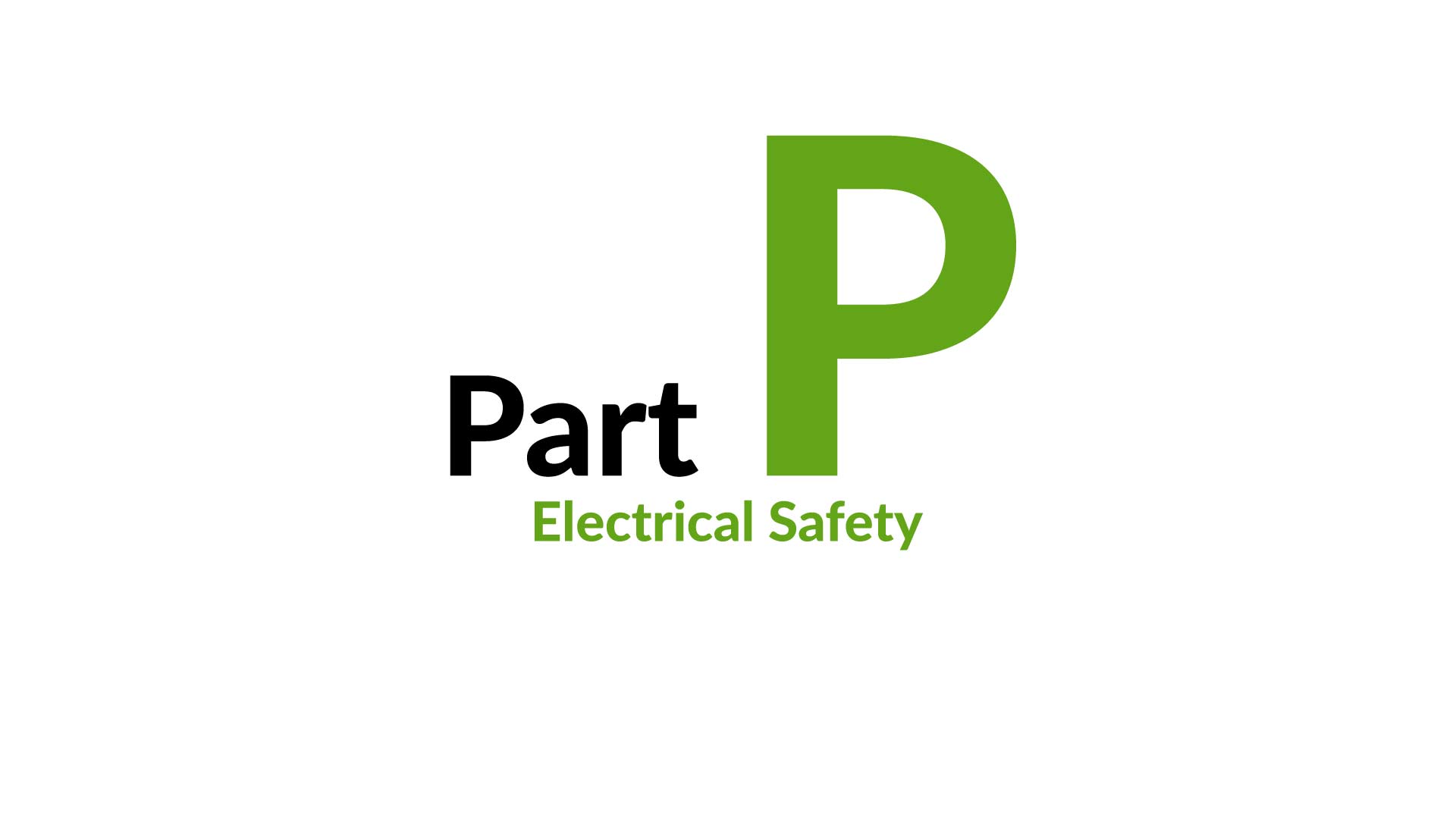Planning a decking project for the rear garden, looking to install 2 bulkhead lights on the fence adjacent to the decking and LED lights around the base.
My plan was to install and external socket which will connect to the mains via a 3 plug pin, is it suitable for the External socket to power LED decking light via 1 3 pin plug and the 2 bulkhead lights to another 3pin plug? or am i overloading?
I also have a External light with PIR, if needs be i could remove this and install the bulkhead light via this connection?
Any advise will be greatly appreciated. Thanks in Advance



My plan was to install and external socket which will connect to the mains via a 3 plug pin, is it suitable for the External socket to power LED decking light via 1 3 pin plug and the 2 bulkhead lights to another 3pin plug? or am i overloading?
I also have a External light with PIR, if needs be i could remove this and install the bulkhead light via this connection?
Any advise will be greatly appreciated. Thanks in Advance














